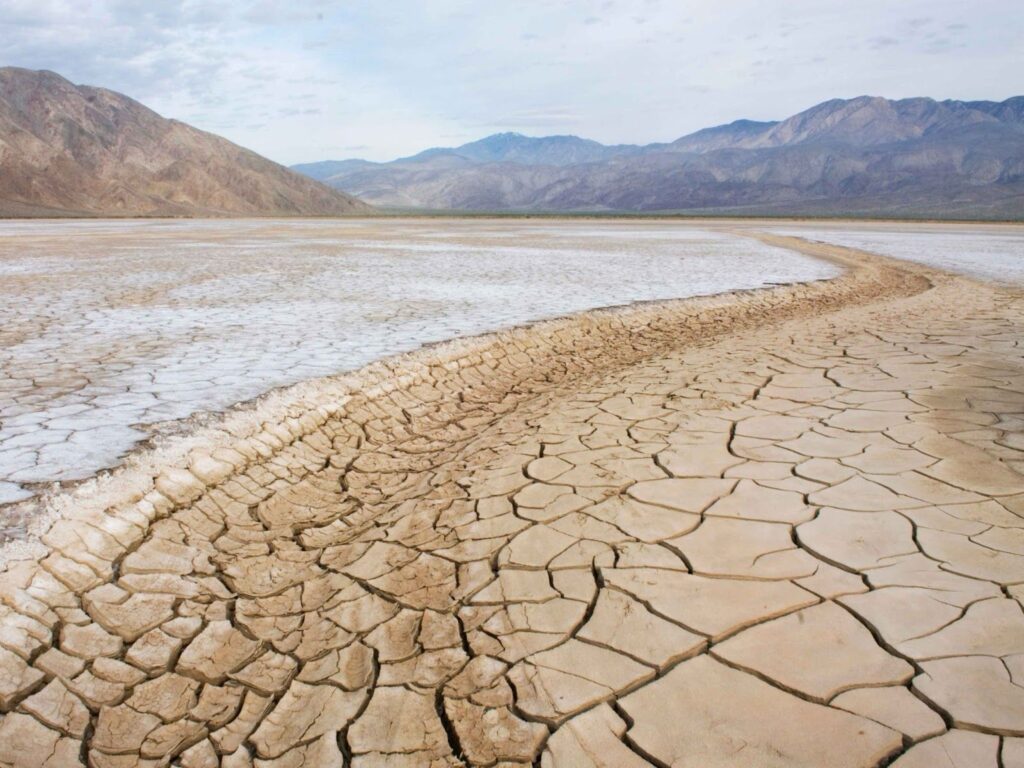Lack of water has become an increasingly critical problem at the international level. About 1.1 billion people lack clean water, while 2.7 billion people face water unavailability for at least one month in a year. Climate change and increasing population have made traditional water sources increasingly vulnerable to drying up; this has led to the need for new mechanisms to address the problem. One of them is the water generator, a machine that extracts potable water from air and provides it to people, addressing the problem of global water shortage at the local, decentralized, and most environmental way.
Understanding Water Generators
A water generator, most commonly referred to as an atmospheric water generator (AWG) or air to water generator, is a machine that collects air humidity and transforms it into drinkable water. Generally, these generators function through the process of condensation: humid air is cooled to eliminate vapor, which condenses into water. The extracted water is then filtered and purified to make that safe for its end use. This technology has become a boon for those who cannot manage to share water sources due to rarity or contamination.
The idea of decentralized water production
Water generators can also possibly to allow local inhabitants to cultivate more water, which can easily and economically provide a locally-sourced water supply without hydropower water supplies and costs from upstream service chains. So they can still hold up in a lot of the remote areas or areas of disaster where buildings have been compromised. Indeed, some states had deployed an atmospheric water generator to offer immediate assistance to the affected water-scarce regions.
Sustainability Environmental Sustainability
Water generators can be fully renewable in terms of energy consumption, mainly relying on solar power during normal operation to minimize their carbon footprint, since traditional kinds of energy supplying water to certain regions are typically energy-intensive and environmentally harmful. Many Companies have designed large atmospheric water machines that produce less environmental impact during the water produced.
Scalability and Versatility
Water generators are available in different sizes, from home dispensers to larger community modules. This versatility means that machines can be useful in emergencies in urban as well as rural areas. This in combination with their adaptability makes them very suitable candidates to utilize for the purpose of addressing a wide range of water deprivation exceptions.
Advancements in water generator technology
To mention some of the recent advancements, researchers are working on increasing the capacity and accessibility of water generators.
Better Energy Efficiency
The current AWGs are designed to produce more water and consume less energy while running. Additionally, new cooling technologies perfectly matched by more refined materials make for much more sustainable operation. The GEN-M Pro atmospheric water generator is designed to deliver from 300 to 900 liters of fresh drinking water daily, an aspect optimized for energy consumption.
Renewable Energy Integration
Integration with renewable sources further enhances the self-sufficiency and eco-friendliness of these hydro-generators. This is a boon for remote areas where no source of electricity is readily available.
Enhanced Purity of Water
Advanced filtration systems ensure that produced water meets OSHA setting safety standards based on low levels of contaminant removal and guaranteed purity. Take the GEN-M Pro, which has multi-step filtration and built-in UV lamps to ensure clean, safe, great-tasting drinking water.
Obstacles and Considerations
This is a promising option, but it also has some obstacles.
Initial Investment
Acquisition and installation price of atmospheric water generator units can be heavily subsidized. The WaterCube 1000, for instance, claims to cost about $860,000 for a water generator working in Florida.
Climate dependency
Water generators, however, will not operate efficiently in extreme heat, which means that people will have to look for alternative ways, or some kind of hybrid systems to achieve their required quantity of water production in an arid area with low humidity.
Need for Maintenance
These devices need to be washed periodically, have the filters replaced and the system inspected in order to ensure efficient operation and longevity of performance.
Water Generators: A Future Perspective
The global market for atmospheric water generators is expected to be around $7.24 billion by 2032, at a CAGR of 14.67% during 2024-2032. This market will primarily be propelled by water scarcity and innovations, with an increase in awareness about sustainable alternatives, further displacing the pot. The cleanwaterproblem and several others are the beginning of that revolution, and we are devoting resources to developing revolutionary water generator technologies to provide potable water on a global scale. The cleanwaterproblem will prove to be a game changer in the fight against the global water crisis by developing research and development focused on cost-effective energy efficiencies.
Conclusion
And that’s why water generators present a viable, creative alternative to global water shortages. These devices provide a sustainable and decentralized way to extract water from air (atmospheric moisture). Thus, water generators will prove to be an indispensable element in the global water resources management system for easy availability of clean drinking water for all as technology advances and prices continue to fall.


